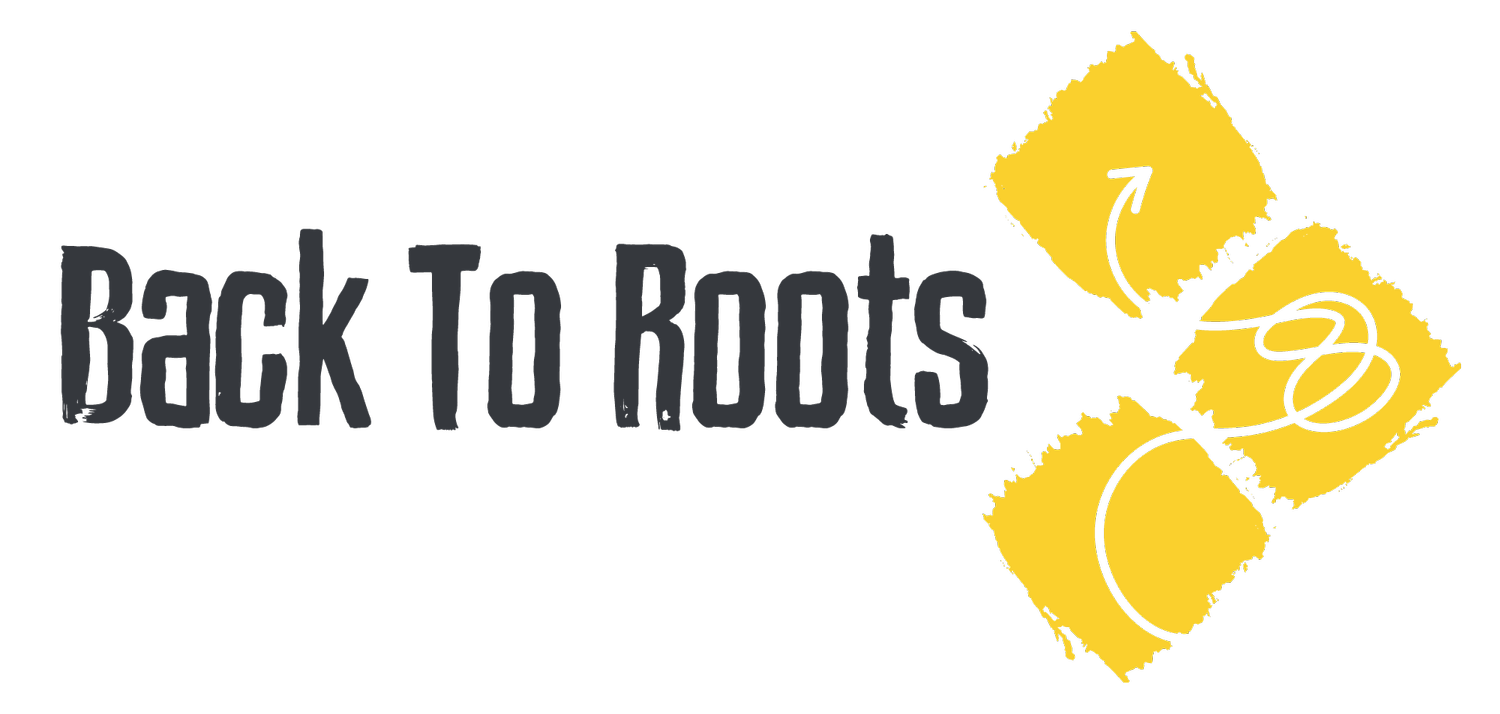Eating Habits V - Practical Application - programme your computer
Automatic behaviours are found in a part of your brain called the parietal lobe - waiting to be programmed!
Pick your 10% and eat it at the end of the day. Every day.
There is one way to steal the show before the article is even read. If you can implement this simple strategy you will be half way towards your goals.
You need to have some way of knowing what your rough daily calorie intake is - we use myFitnessPal. If you are consuming 2500 calories per day you allocate 10% (250kcal) of those calories towards those high rewarding foods discussed in part IV.
“Highly Rewarding Foods:
-Sugar sweetened beverages - fizzy pop, sports drinks, fancy hot drinks including cafe latès.
-Ice cream & frozen desserts
-Baked goods - cookies, cakes, pastries, pies
-Anything with syrup or the like for breakfast - most commercial cereals
-Sweets & chocolate
-Chips and almost anything traditionally deep fried or breaded.
-Alcohol and alcoholic beverages
”
The remaining 90% of your diet comes from simplifying your diet (whole and minimally processed foods) and getting a routine. Features of those who successfully achieve long term weight loss included high levels of physical activity, low calorie diets, eating breakfast, regularly monitoring weight and maintaining consistent eating patterns1.
Eating for your 90% is not the purpose of this article, but it has been discussed clearly in our Park bench article. Life without those highly rewarding foods we often crave would be pretty miserable, completely neglecting them is neither necessary and often counterproductive. Pick your favourite food from the above list and programme it in right at the end of your day. While these foods will be argued they are not as nutritious as whole foods it is a misnomer to say they are any less healthy. Healthy eating is not a food, it is a behaviour. If programming in your favourite 'treat' is the clincher for you being able to maintain a 90:10 approach to diet in the long run then that ice cream, alcohol or [.........] becomes the most healthy behaviour in your routine.
As a personal example in 2016 I set out to demonstrate that I could stick to this framework and asked my girlfriend to pick a food from that list and I was to eat it every single day. She chose Ben & Jerries Ice cream so I had 350kcal worth of ice cream at the end of EVERY SINGLE DAY, (whilst being very physically active and sticking to my 90%).
Not everyone can achieve this level of leanness, and in fact is very few peoples' goals. The point being here that the 10% rule is what makes me able to stick with a sustainable eating strategy in the long run.
This provides us accountability when our environment is haunting us, such as that free biscuit that comes with your coffee, several times a day. This simple strategy also reduces the variation of novel stimulus we have influencing our hungry brain, which is an extremely strong driver of eating behaviour (see problems with a varied diet). If we can give our brain the chance to habituate to the foods we eat we are significantly more likely to self regulate eating based on physiological needs rather than impulse.
That biscuit is easy to resist when you have an accountable framework , and something equally rewarding to look forward to later on!!
Recall the playoff between our chimp brain and human brain. We each have a chimp brain and a human brain but what was not discussed in that article was a third equally important part of the brain - our computer (fancy name being parietal lobe).
“our computer is where automatic behaviours are found, these are powerful and need to be programmed.”
Our computer is where our automatic behaviours are found and trained, our computer is up to 20 times more powerful than our human (thinking) brain. If we can ingrain a 10% rule then it is this incredibly powerful part of the brain we are developing. Remember, will-power alone will not overcome your chimp and your computer; no one wants to be unfit, overweight or not achieving their goals, this is powerful neurology. The video has been pulled onto this page for review below.
Does it matter what time of the day I have my 10%
If we are talking purely about energy balance, calories ingested, then frankly it does not matter when you have your 'treat' or if you even have one. We are talking about behaviour however, slightly different. In part IV of this series Robert Sapolsky demonstrated how anticipation is actually a significantly more powerful reinforcer of behaviour than reward itself, something Las Vegas has ingeniously exploited. If we were to have our treat first thing in the morning, then we do not tap into this 'dopamine' system of anticipation, we do not have a 'carrot' to look forward to at the end of the day. It is for this reason we put our ice cream at the end of the day, you will enjoy it so much more.
Luke R Davies Secret Rule
The evidence base behind a high protein diet is a robust one. Snacking to achieve your protein has been discussed and this could include highly rewarding supplements. We do not need supplements, however, a tasty protein bar that assists us in reaching our target is also a viable way of tapping into our reward system and keeping us engaged with our 90:10 framework. If it prevents us binging on convenience foods then it has to have a place, so it also does not come out of your 10% calories (in essence giving us two indulgences per day). This may or may not work for you, personally I always have a box of protein bars I can draw upon, also helpful for very busy lifestyles on the go!
Secret rule: tasty protein bars can help us achieve protein and guide our reward system
Closing thoughts
This series on eating behaviour has delved into some fascinating fields of the human psych that hopefully go some way towards explaining why many of us are frustrated we do not look the way we want to, despite our best intentions. Moderation and variety are sound advice, but are in contrast to the physiology we have evolved and likely working against your stronger chimp brain and computer regions. Your chimp brain is 5 times stronger than your human brain and your computer brain is up to 20 times stronger, hence will power alone will not work for a great many of us.
An obesity epidemic was never the goal, it was an unfortunate side effect in the race to make money. The food industry knows how reinforcing high reward foods are, hence sugars, fats and artificial sweeteners as well as enormous budgets are pumped into influencing our eating behaviours.
There is a great many strategies we can employ to navigate the environment we now find ourselves. This method is by no means the only way or even necessarily the best way, it is a method that works wonderers for us here at Luke R. Davies and has some solid grounding in science as discussed in the last five posts. More details on the application of a 10% rule is discussed here.
Our environment plays such a significant role on what we eat and our eating behaviours, check out part VI in this series to see how we can make simple changes in our home to help us make better choices.
Luke R. Davies







